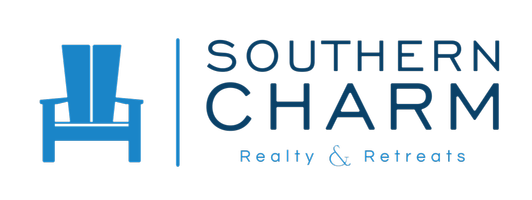Blog > Home Improvement Loans

So you just landed your dream home. Well… maybe it’s a foreclosure or a fixer upper that could be your dream home with some work. But where to start? Obviously cash is king but saving up the amount of funds needed for major renovations while also juggling real world responsibilities can take a really long time. You might be considering a renovation loan. Let’s talk options!
FHA 203(k) Loan
This loan type is an official government loan from the Federal Housing Administration. While it means you can put down as little as 3.5% to receive it, there are still stipulations. Spend the money on flooring, a kitchen renovation, or finishing your basement, just so long as the foundation of your home isn’t compromised. You also aren’t allowed to make luxury upgrades, like adding a pool.
To qualify, homeowners need to include an itemized bid from a contractor with their paperwork. This will list every project intended to be completed with the funding. This goes through an appraisal process where the bid is compared to other local services. If approved, the money goes into escrow and will then be paid directly to the contractor after the work is completed within the required 6 month time frame. You, as the borrower, have the same 15 or 30 year window to repay as a mortgage.
Fannie Mae Loan
While a Fannie Mae HomeStyle loan is not inherently dissimilar to the FHA 203(k) loan, it does require a larger down payment of 5%. Also, you’re not necessarily restricted in what you can use the money for so long as the renovations are affixes to the house and do indeed add value.
Disbursement of the money works almost exactly the same as an FHA loan except contractors get 12 months to complete the work instead of six.
Section 504 Repair
Lastly, the other most common type of renovation loan is a government initiative called Section 504. This program is intended to go towards necessary repair, but not just claiming you need new kitchen tile. The program helps lower income individuals and couples make upgrades to their home that affect its safety and efficiency. Think: new wiring or a safer furnace. The program will also help fund upgrades made to make the home more accessible for a disabled person.
To qualify for a Section 504 loan, you have to have a household income below 50% of the area’s median, and be unable to obtain affordable credit elsewhere. There’s also a grant program for people over the age of 62 to add accessibility features, which is ideal for homeowners aging in place.
